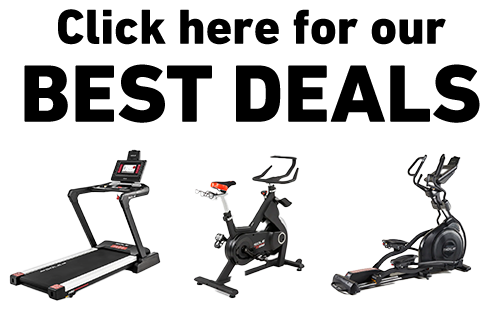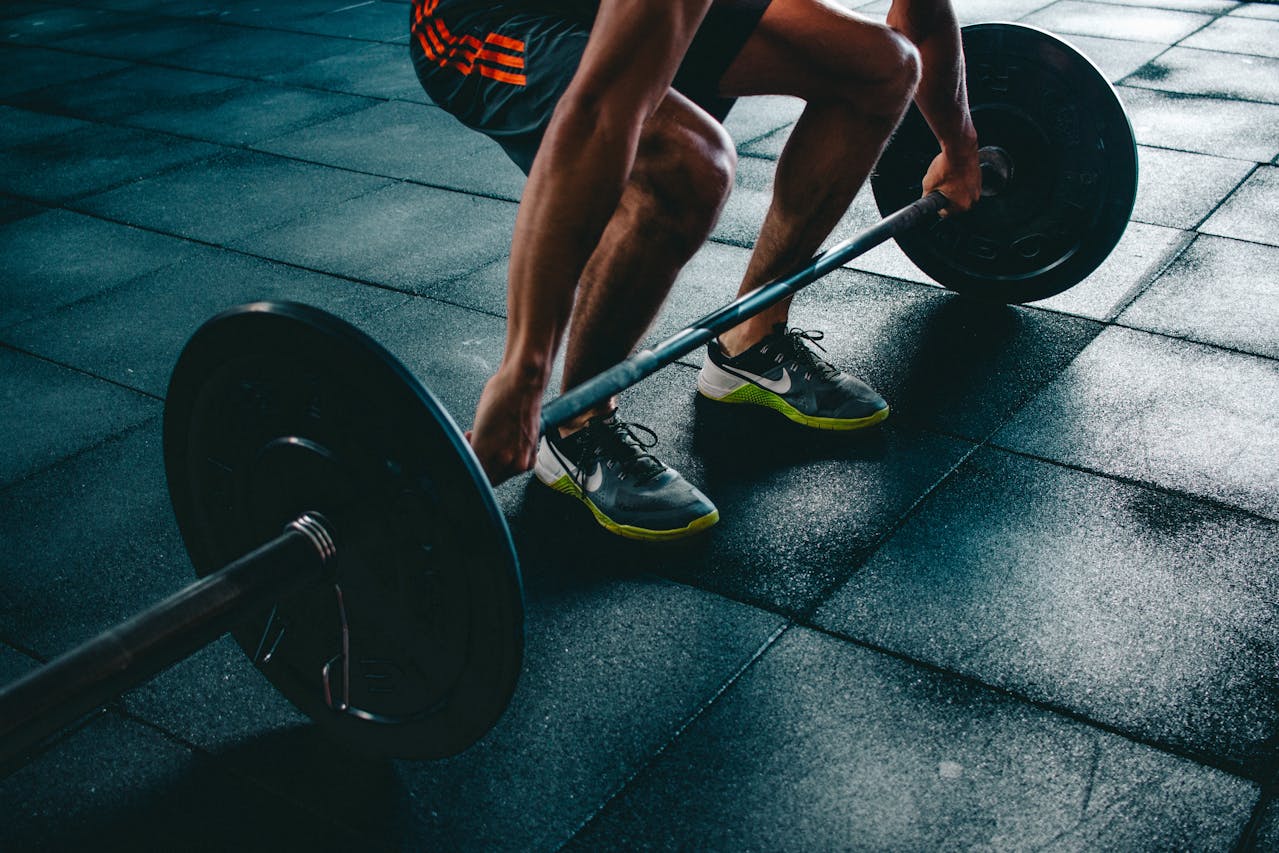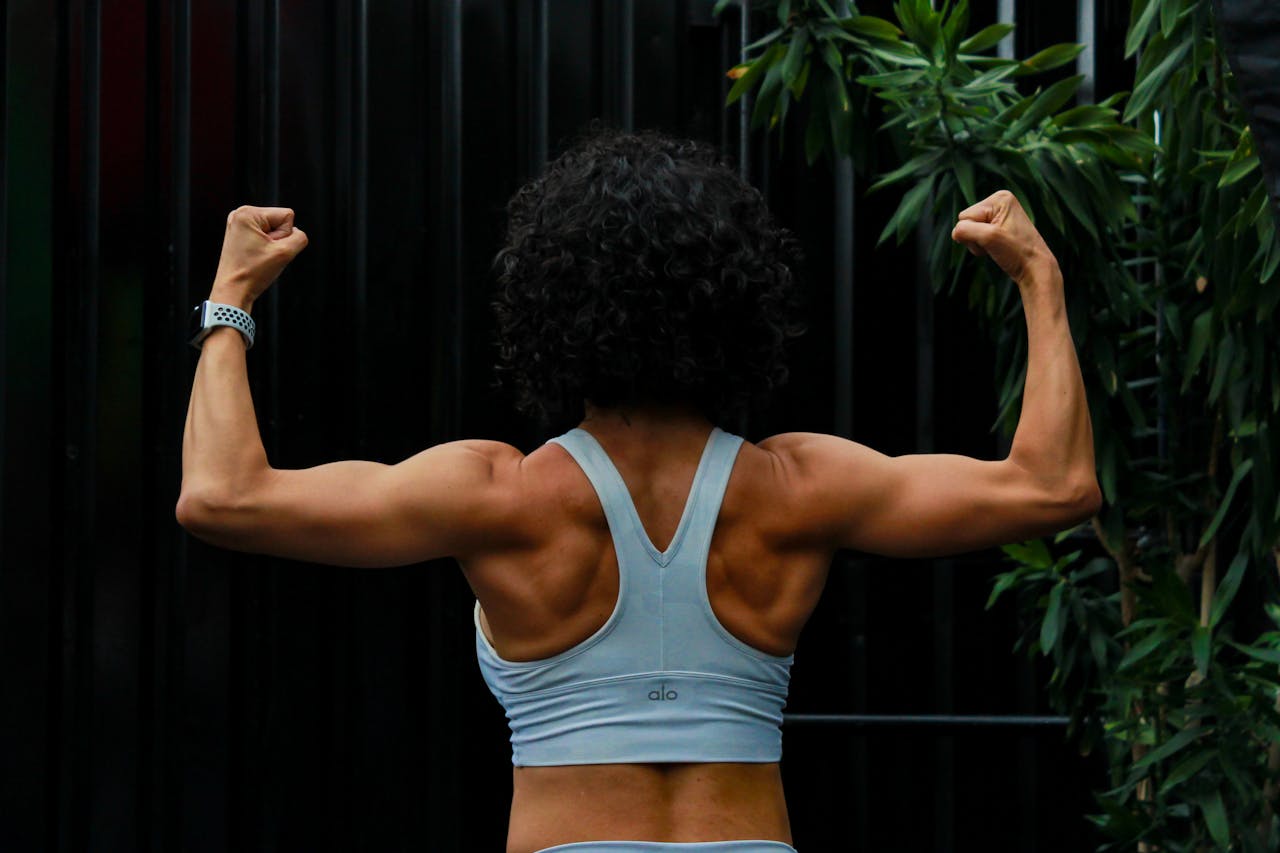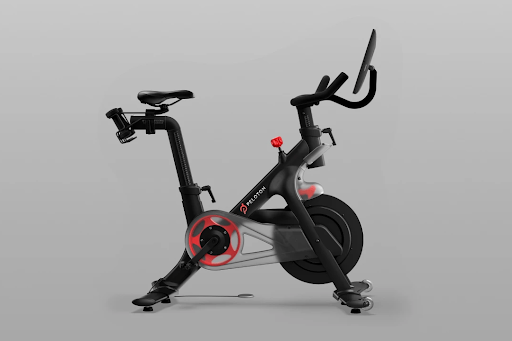Key Takeaways
- RDLs are your go-to for hamstring and glute gains, while deadlifts bring full-body strength to the table.
- Nail the form—RDLs work best with control, and deadlifts are all about raw power.
- Pick RDLs for targeted muscle work or deadlifts for total-body strength.
- Crush it with the SOLE SW180 Adjustable Dumbbells and SOLE+ App—your ultimate lifting partners.
Why Compare These Lifts?
Strength training is all about variety—because gains don’t come from doing the same old thing. RDLs (Romanian deadlifts) and deadlifts are game-changers for building strength.
Be it chasing hamstring gains, glute power, or total-body domination, understanding these lifts can help you crush your goals safely and effectively. Let’s break it down!
|
At SOLE, we're proud to offer the best exercise equipment for your home or gym. Our machines are built to meet the highest quality and performance standards, making them perfect for fitness enthusiasts at any level. Featured Products
|
RDL vs Deadlift: What’s the Difference?
Starting Position:
- RDL: Start standing tall with the barbell at hip height, ready to hinge like a pro.
- Deadlift: Start with the barbell on the ground, feet hip-width apart.
Range of Motion:
- RDL: Lower the bar just below your knees for that sweet hamstring stretch.
- Deadlift: From floor to full stand, this move gets your whole body in the game.
Load Capacity:
- RDL: Lighter weights, but precision is the name of the game.
- Deadlift: Go heavy or go home—this one’s built for serious strength.
Pair these lifts with low-impact cardio—like walking on a treadmill—to take your training even further.
Let your core and lower back keep you steady as you hinge through a perfect RDL in strength training.
Muscles Worked: Hamstrings, Glutes, & More
RDL:
- Primary: Hamstrings, glutes (THE duo for lower body gains).
- Secondary: Lower back, core (keeping you steady as you hinge).
Deadlift:
- Primary: Glutes, hamstrings, lower back (full power squad).
- Secondary: Quads, traps, core, forearms (yes, even your grip gets stronger).
Pro Tip: Want extra control? Our SOLE SW180 Adjustable Dumbbells are perfect for dialing in your resistance. You can also add treadmill workouts to target and isolate your hamstrings and posterior chain.
Form Breakdown: RDLs vs Deadlifts
RDL Form:
- Stand tall, feet hip-width apart, barbell resting at hips.
- Hinge your hips back like you’re shutting a car door, lowering the bar to mid-shin.
- Fire up those hamstrings and glutes as you return upright.
Deadlift Form:
- Feet under the barbell, hands gripping just outside your knees.
- Drive through your heels, lifting the bar to standing like a total boss.
- Lower it back with control—no slamming, no shortcuts.
Which Exercise is Right for You?
Choose RDL:
- Goal: Sculpted hamstrings and glutes.
- Perfect For: Isolation training or mastering the hip hinge as a beginner.
Choose Deadlift:
- Goal: All-out strength and power.
- Perfect For: Athletes and lifters looking to dominate total-body moves.
Alternative Options: Struggling with heavy deadlifts? Low-impact cardio can still strengthen your posterior chain.
Make every rep count—SOLE SW180 Dumbbells bring precision to every RDL.
The Role of Equipment in Perfecting Form
Your gear matters—big time. The right tools don’t just make workouts easier; they make them smarter. Here’s what you need in your corner:
- Adjustable Dumbbells: Our SOLE SW180 Adjustable Dumbbells are the MVPs for nailing RDLs with precision and dialing up the challenge with progressive overload.
- Treadmills: Need a breather between lifts? Active recovery is a breeze with SOLE treadmills—perfect for keeping your body moving without overdoing it.
- SOLE+ App: Access hundreds of free workouts, tips, and programs to perfect your RDLs, deadlifts, and everything else—all included with your SOLE gear.
Pro Tip: Don’t forget to throw in a floor mat to protect your space and keep everything steady. Your strength journey begins now—let’s make it happen. Shop SOLE Fitness today!
Frequently Asked Questions (FAQ)
What are the main differences between a Romanian Deadlift (RDL) and a conventional deadlift?
RDLs and deadlifts may look similar, but they’re different in terms of strength. RDLs kick off standing tall with the barbell at hip height, focusing on a controlled stretch for hamstrings and glutes. Deadlifts are all about power, starting from the floor and working your entire posterior chain.
Which muscles do RDLs primarily target compared to conventional deadlifts?
RDLs are your hamstring and glute MVP—with your lower back and core playing solid backup. Deadlifts, on the other hand, call in the whole squad: glutes, hamstrings, and lower back (plus extras like quads, traps, core, and forearms for a full-body flex).
How does the range of motion differ between RDLs and deadlifts?
RDLs keep it chill with a shorter range of motion, lowering the bar to just below your knees to zero in on hamstrings. Deadlifts go all out—lifting from the floor to standing and working a wider range of muscles in one powerful move.
What are common form mistakes to avoid when performing RDLs and deadlifts?
For RDLs, don’t let your back round or lower the bar too far—you want to feel the stretch, not strain. Deadlifts need strong setup vibes: no arched backs or using your arms instead of your legs.
Pro tip: Keep your core tight, spine neutral, and the bar close for lifts that feel strong and safe.
How should I incorporate both exercises into my strength training routine?
Mix it up! Use RDLs to hit your hamstrings and glutes hard, and deadlifts to build total-body power. New to lifting? Start light and focus on form. Already a pro? Alternate weekly or split them across sessions for max gains.
Upgrade your lifts with our SW180 Adjustable Dumbbell—your ultimate bestie for strength!




Leave a comment
This site is protected by hCaptcha and the hCaptcha Privacy Policy and Terms of Service apply.